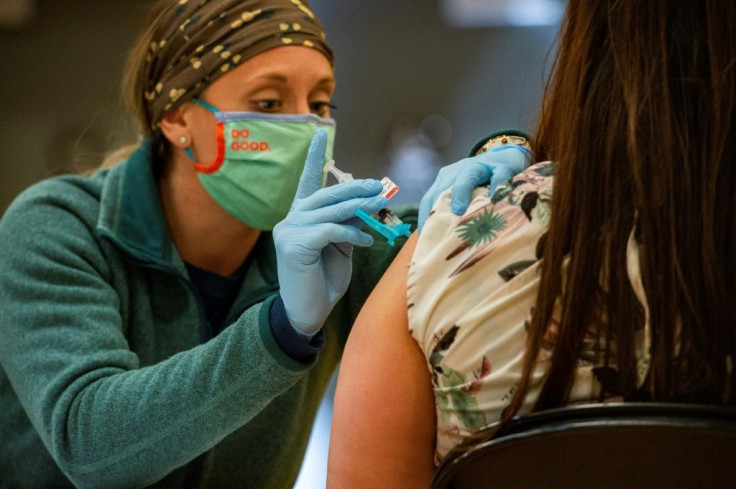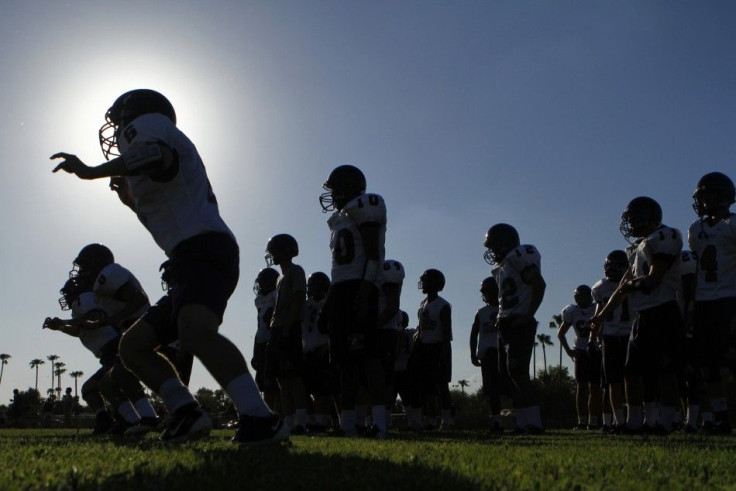How To Go Back To School Safely: 3 Tips For Keeping Your Kids Protected From Omicron
The first 2022 school semester began in January and a big question on many parents’ minds is how to keep their child safe during the spread of the Omicron variant of COVID-19.
Since being discovered in late November, Omicron has become a worldwide concern. Though considered less deadly than the previous Delta variant, Omicron has become the predominant strain in the U.S. and the winter has seen a surge in hospitalizations that have strained capacity. Perhaps the direst statistic to emerge is pediatric hospitalizations have been higher than at any point during the COVID pandemic.
Despite the challenges posed by Omicron, there are many preventative measures that can be taken to stave off the virus. Here are three tips from medical experts on how to reduce children's chances of getting sick during the 2022 school year:
Follow the basics
Vaccinate. Wear a mask. Follow the guidelines.
Most Americans have probably internalized this formula by now, but given that there are still school districts nationwide that lack the resources to go forward with comprehensive mitigation strategies, it is worth brushing up on the basics and putting them into practice.
Since October of last year, the Food and Drug Administration (FDA) has authorized kids as young as 5 to receive the COVID-19 vaccine. As of Jan. 3, those aged 12 and up can now get their booster shots to raise their immunity against COVID-19. While Omicron has shown that even the fully vaccinated are not immune to infection, only 1 in 100 fully vaccinated people are at risk of a breakthrough infection, according to several studies.
Dr. Leana Wen, an emergency physician and professor of health policy and management at the George Washington University Milken Institute School of Public Health, told CNN that it is unlikely that a parent will find their child in a school that is perfectly immune to COVID infections. Instead, she advised parents to control what risk factors they can before sending kids back to class.
"Even if others around you may not be vaccinated, your child being vaccinated protects him or her very well from severe illness due to COVID-19," said Wen, who is also a medical analyst with CNN. "A high-quality mask [N95 or KN95 are best] will protect your child, even if others aren't reliably or consistently wearing masks."
Beyond vaccinations and wearing a good mask, be sure to follow other guidelines to ensure your child’s safety in school. There are resources available from federal, state, and local governments, but also ones from nonprofits, like the American Association of Pediatrics.

Limit the risks of adults exposing children younger than 5 to COVID
There are currently no COVID-19 vaccines approved for children younger than 5 years of age, but that doesn’t mean there are no ways to keep them safe without it.
Jennifer Nuzzo, an epidemiologist at the Johns Hopkins Bloomberg School of Public Health, advised parents to think about the risks from Omicron in two ways: the risk of getting infected and the risk of becoming seriously ill. Since children younger than 5 are ineligible for vaccination, Nuzzo said that the adults in their lives should take the lead and get vaccinated themselves to protect these children.
“Generally, we’ve seen that we can increase the protection of unvaccinated children by ensuring that the adults in their lives are vaccinated. This remains an important way to protect children who are too young to be vaccinated," Nuzzo told the New York Times.
She also suggested that parents add other restrictions on how others may interact with their toddlers or infants, namely by having adults wear masks near them and avoiding crowded places. This, Nuzzo said, should be easy to do since some of these precautions are ordinary for parents with kids at this age already.

Keep the extracurriculars and play dates outdoors
The COVID-19 pandemic has taken more than a year away from children and teens. A school experience means more than what goes on in the classroom - it also means sports, extracurriculars, making, and hanging out with friends. However, not everything is impossible to do because of Omicron and there are some ways to enjoy activities safely.
The Children's Hospital of Los Angeles acknowledged that cases are surging and said that parents should thoughtfully choose what activities are safe at this time. On sports, for example, it said outdoor sports are reasonable for children who are up to date on their COVID-19 vaccinations to enjoy because of the lower risk of infection compared to indoor activities.
While over 79% of Americans over the age of 5 have received at least one dose of a COVID-19 vaccine, that still leaves a significant number who are unvaccinated. But this doesn't mean children have to be forbidden from seeing friends. Nuzzo emphasized the importance of wearing masks while indoors and said that activities with friends can be kept outdoors to lower the odds of anyone getting sick.
"The safest play dates are those with other vaccinated kids with whom your children already have regular exposure, such as classmates," Nuzzo said to the NYTimes.

© Copyright IBTimes 2025. All rights reserved.





















